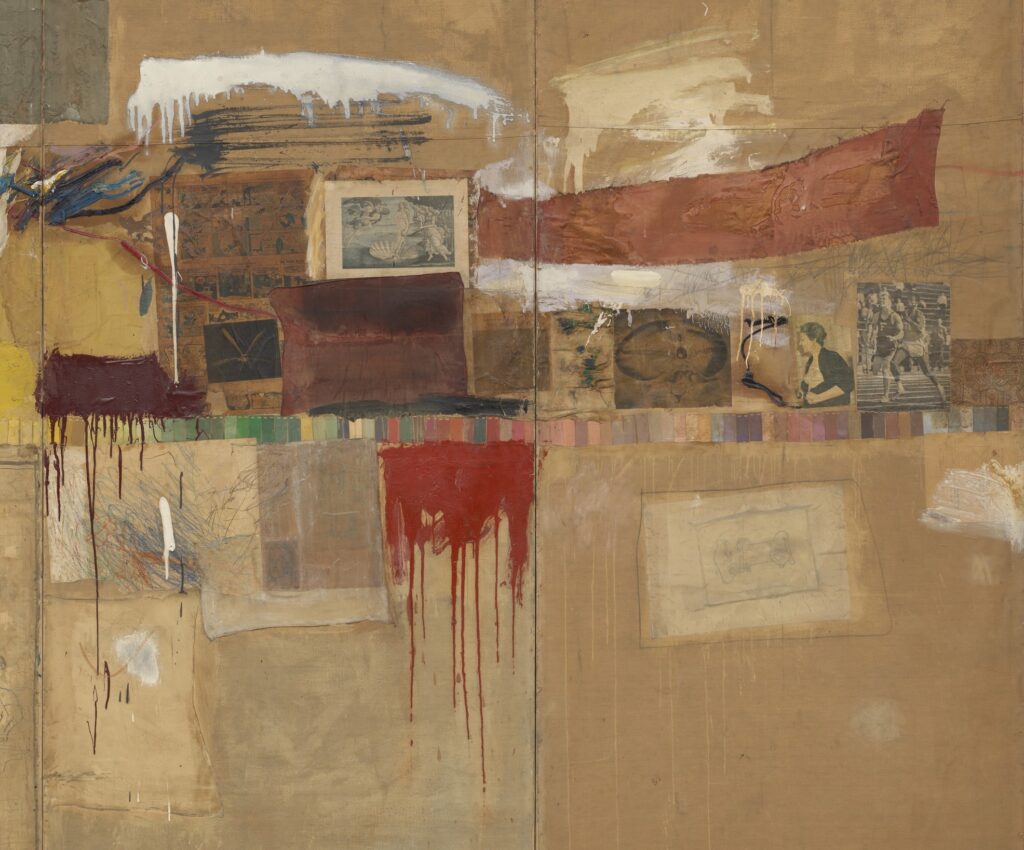While surfing through digital online repositories holding a great deal of vibrant online collections, you certainly stumble upon the subject heading “rebus,” which is exactly what one needs in this particular case. With the help of that useful metadata, a whole world of rebuses unveils before a researcher.
What is, then, a rebus? What is its trajectory of development? Does it have a history that the majority agrees upon? When did it begin and where does it go to? This is just a preliminary set of questions one may want to ask while thinking about rebuses, their history, their trajectory of development, their past, present, and future.
There is no clear date that signals the beginning of rebuses. They would emerge, change their form, develop and then re-emerge once again, sometimes in a slightly different visual form. Let’s use, for instance, an example of a rebus coming from the mid-seventeenth century in Italy. This engraving by the artist and etcher Giuseppe Maria Mitelli (1634?–1718) could be classified as a rebus. Created in 1654 this print shows all kinds of individuals—scholars, musicians, criminals, drunkards, and others—with Fortune sitting idly on top of the cage. The only words on this work, however, are not clearly written down and instead of some of them, we have smaller images. When substituting those symbols for words, a reader will come up with an answer.
![Giuseppe Maria Mitelli, “Il [mondo] e [per] lo piu [gabbia] di [matti]”.](https://readingrebus.com/wp-content/uploads/2021/05/service-pnp-cph-3a40000-3a46000-3a46700-3a46765r.jpg)
On the other hand, we have a work that very much reminds us of a rebus—in fact, it is even entitled “Rebus.” It is an artwork by artist Robert Rauschenberg created in the mid-1950s. On the surface of the work, some clippings from newspapers, mixed with various photographs, are attached. Some of these materials are clearly visible and some are covered by paint, in different colors. It is a beautiful work, and only its title hints at one of the possible solutions to this artwork. This piece of art is an example of how the notion of rebus is employed and used in other relative fields.
